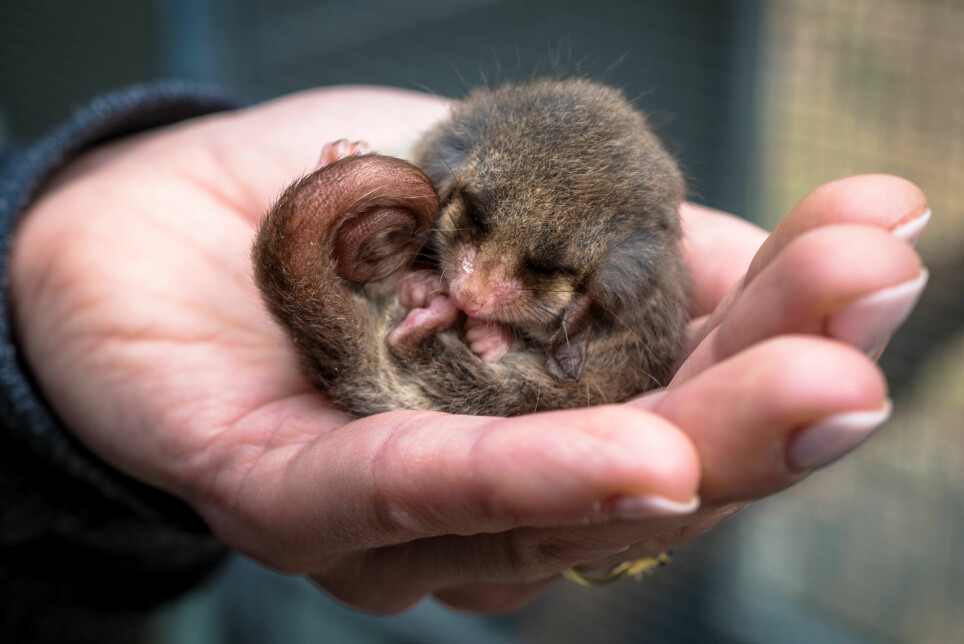
Why do animals hibernate?
ASK A RESEARCHER: All kinds of animals go into hibernation. Some hibernate all winter, while others "turn off" their bodies for just a few hours.
SWhy do animals actually hibernate – and what happens in their bodies during that time?
We asked Clare Stawski to tell us more.
Stawski is an associate professor in NTNU’s Department of Biology and has worked with dormancy and torpor for more than ten years. One of her research areas has been the connection between hibernation and climate change.
Torpor – a kind of collective term
But first – what is torpor, anyway? It’s a somewhat unknown concept. In layman’s usage, it’s usually used interchangeably with hibernation.
“Torpor is a mechanism used by mammals and birds to save energy,” Stawski says.
Hibernation is a form of torpor. More about that a little later.
She explains that both mammals and birds are endothermic, or warm-blooded. That means that they usually maintain a high body temperature, which takes a toll when the air temperature gets cold.
Who goes into hibernation?
Bears probably come to mind for a lot of people when they think of hibernation. But what other animals actually hibernate or become torpid?
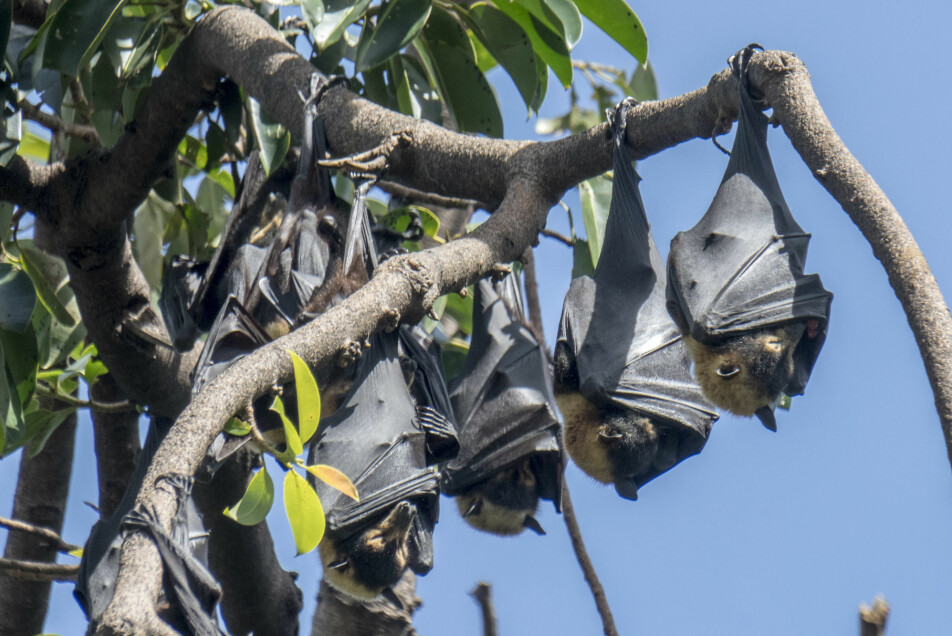
All bat species found in Norway hibernate come autumn. The same goes for some small rodents, such as northern birch mice.
If you go to Australia you’ll find small marsupials that do the same, either once a day or for extended periods.
Primates in Madagascar are a somewhat surprising example. Lemurs have been observed using torpor quite often – and many even hibernate during the drought season, according to Stawski.
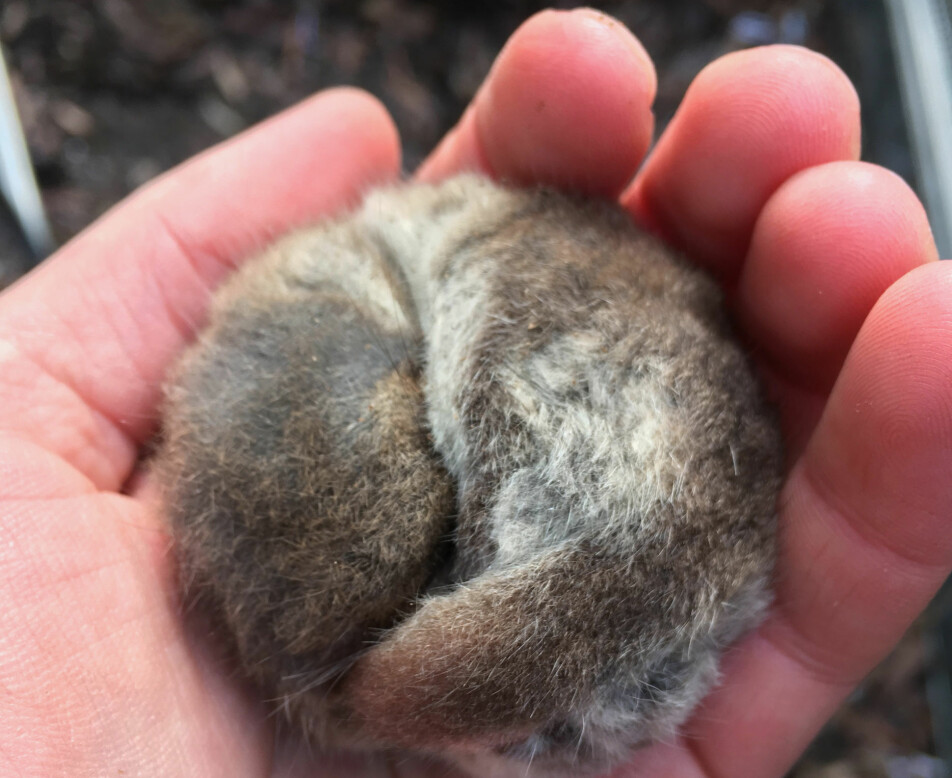
And some birds use torpor, too – like hummingbirds.
“Hummingbirds migrate over long distances and enter torpor when they stop along the way. This saves energy for the rest of the trip, in case they have difficulty finding food.
Other birds have found it best to pass on daytime hours.
“A lot of nocturnal birds use torpor – like nocturnal owls in Australia. They enter torpor to save energy throughout the day when they aren’t active, but also during colder periods.
And then evolution found a solution for drought-susceptible amphibians. They aestivate.
“They build underground caves, and some even wrap themselves in a cocoon and go into aestivation. They can stay in this state for years, and often wake up again when it rains.
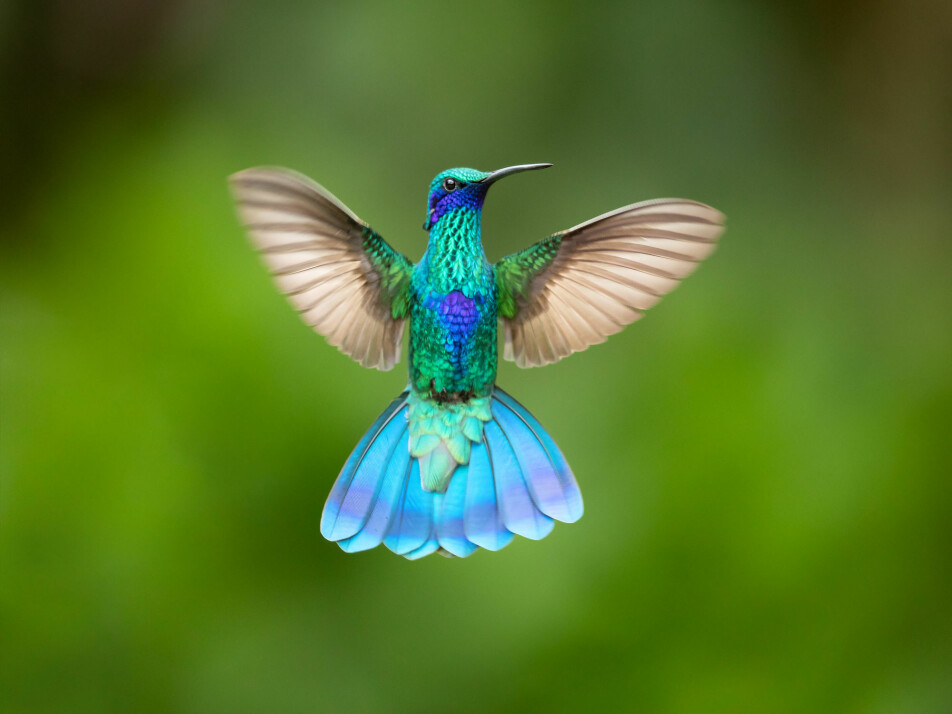
These animals all have one thing in common: they’re small.
“Most animals that undergo torpor are small, since they need more food per gram of body mass to maintain their energy needs and at the same time lose more heat compared to other animals to enter torpor.
The exception to the rule
But what about bears? They’re a well-known example of an animal that hibernates.
Or do they? Google searches for bears and hibernation are more confusing than explanatory. Some sources claim that bears hibernate. Others refer to the concept of torpor, while some suggest that going into a den is a category in itself.
Zoologist Petter Bøckman explains the difference between hibernation and sleep, making the distinction crystal clear:
“Bears don’t hibernate, they just sleep. Whereas bats definitely go into hibernation,” he says.
The definition and use of the terms vary, and hibernation and torpor are concepts that are still being discussed, Stawski says.
“The bear’s body temperature doesn’t drop as much as in smaller animals due to their size. It would require too much energy to warm up again to normal body temperature.
The main guideline is that small animals hibernate or enter torpor.
“Bears are the exception to the rule,” says Stawski.
Like its much smaller dormant companions, the bear's metabolism slows down a good deal, Stawski says. So even if their body temperature doesn’t drop as much, they still save a lot of energy.
Energy-intensive heat production
Much of the purpose of hibernation and torpor is to reduce the production of heat in mammals and birds, which requires a lot of energy, Stawski says. And the colder the environment, the more energy it costs to keep warm.
“Sometimes it can be difficult for animals to find enough food to meet their energy needs. During those periods, they need to save energy by using mechanisms like torpor.
The body temperature for mammals is often between 37 and 38 degrees Celsius, and 39 to 40 degrees for birds. When an individual enters torpor, the body temperature drops – usually to the ambient temperature, perhaps as low as 2 degrees Celsius.
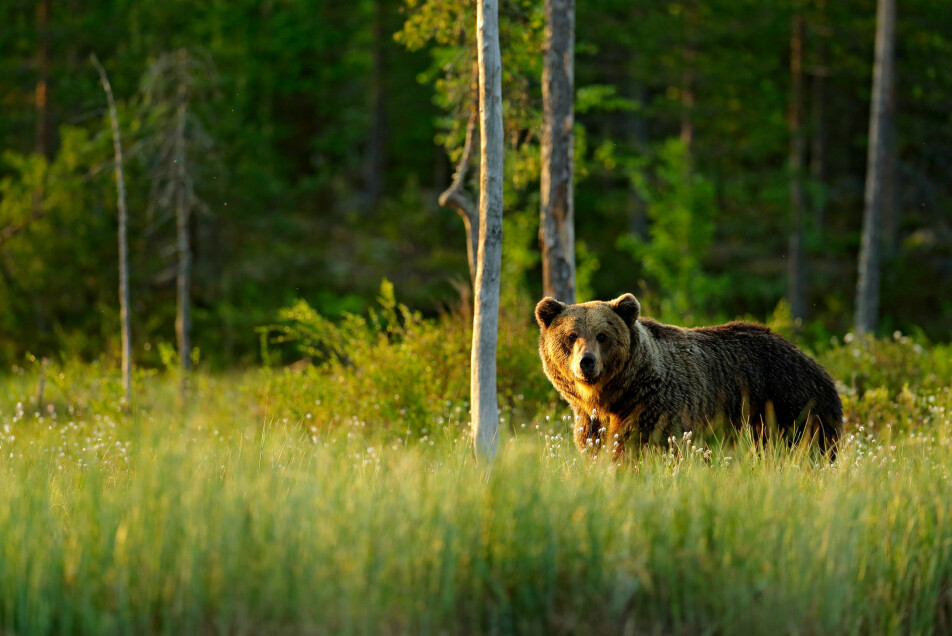
“When this occurs, the heart rate and metabolism slow. Since heat is a by-product of metabolism, the body temperature of the animal begins to drop.
When the body temperature reaches the new set point of 2 degrees, the system is switched off. And it remains turned off until the ambient temperature rises again. The point is to use no more energy than necessary when it’s not possible to top up the energy reserves.
Several types of torpor
Ornithologist Frode Falkenberg relates how titmice in Finnmark enter torpor and huddle together to reduce heat loss during February’s winter cold.
The form of torpor used by the tits is short-lived, and means that they turn down their metabolism at night to save energy. This is called daily torpor.
But in other cases, animals use torpor for a longer period of time. The daily and prolonged categories are the main forms of torpor, says Stawski.
Animals in daily torpor wake up daily to find food, among other things.
“Prolonged torpor is when the animal stays torpid for several days or even weeks,” Stawski says. In other words, hibernation is a form of torpor, whereas the concept of torpor encompasses more than just hibernation.
Not just a winter phenomenon
Winter is cold and food is often scarce. Torpor is thus most relevant in winter for most animals. But Stawski says researchers have discovered that animals become torpid in other cases as well.
The use of torpor may even become more common in a world seeing increasingly extreme nature forces at work.
“Torpor has been discovered in numerous scenarios and habitats, like tropical areas, deserts, after forest fires and in storms,” the researcher says.
Natural disasters like these pose challenges for animals when it comes to finding food. Drought and fire are not compatible with fertility.
But Stawski can also relate something a little stranger yet – a phenomenon that at first glance seems whimsical and illogical.
“Surprisingly, some animals undergo torpor when the weather’s good and the food supply is ample. One hypothesis is that these animals try to avoid predators by limiting the time they spend finding food,” Stawski says.
“When they’re torpid, they save their energy stores – read that as fat – so they don’t have to find food as often as when they’re not torpid.”
Can hibernation and torpor be hard on the body?
Hibernation and torpor are strategies for surviving in more or less uninhabitable environments. But is going into hibernation just like taking a nap for us humans?
“No – hibernation and torpor take their toll,” Stawski says. She is also clear that sleeping and hibernating are very different things.

“Bats, for example, store fat during the dormant period. Almost none of this fat is used when the animal is hibernating but gets used as it wakes up, which is only a very small part of the time spent in hibernation. Warming their body temperature from two to 37 degrees requires a sharp increase in heart rate and metabolism, and this leads to unwanted side effects,” she says.
“If an animal hasn’t stored up enough energy reserves to recover from hibernation, it can happen that they don’t wake up again. But usually that would mean that the animal had become hypothermic rather than torpid.
Hypothermia is caused by the body losing more heat than it can produce, resulting in becoming cooled.
Climate changes make life difficult
Tougher climates have made life more difficult for some animals that hibernate, Stawski says.
“In Trondheim, we’ve had both very cold periods and very warm periods this winter. Hibernating animals probably wake up during warm periods and might start their spring activities, only to be faced with a very cold period again. The instability of the weather at the moment makes it difficult for the animals that have a less flexible time schedule and are dependent on events like snowmelt.
Certain diseases are also associated with dormancy, she says.
“Bat populations in North America have been greatly reduced as a result of white-nose syndrome, a fungus that appears to weaken their tissues. Bats seem to wake up more often through the winter to fight the fungus. Again, this leads to not having enough fat reserves for the entire winter season. They often starve to death as a result,” says Stawski.
Flexibility in dormancy routines?
Some animals hibernate every winter – whether it’s technically hibernation or not, as in the case of bears. If torpor or hibernation is helpful one winter, is it possible for animals to drop it the following year if the winter is milder?
“Some species are more flexible and opportunistic with how they use torpor. They can use less torpor to take advantage of better weather and food access – and become torpid when conditions are difficult,” Stawski says.
“Some bat species are known to be torpid for days or weeks at a time through the winter, but in another, milder winter they might wake up every day. This is more common in warmer regions – but with climate change it could become more common even in climates like Norway,” Stawski says.
Translated by: Ingrid Nuse.






























